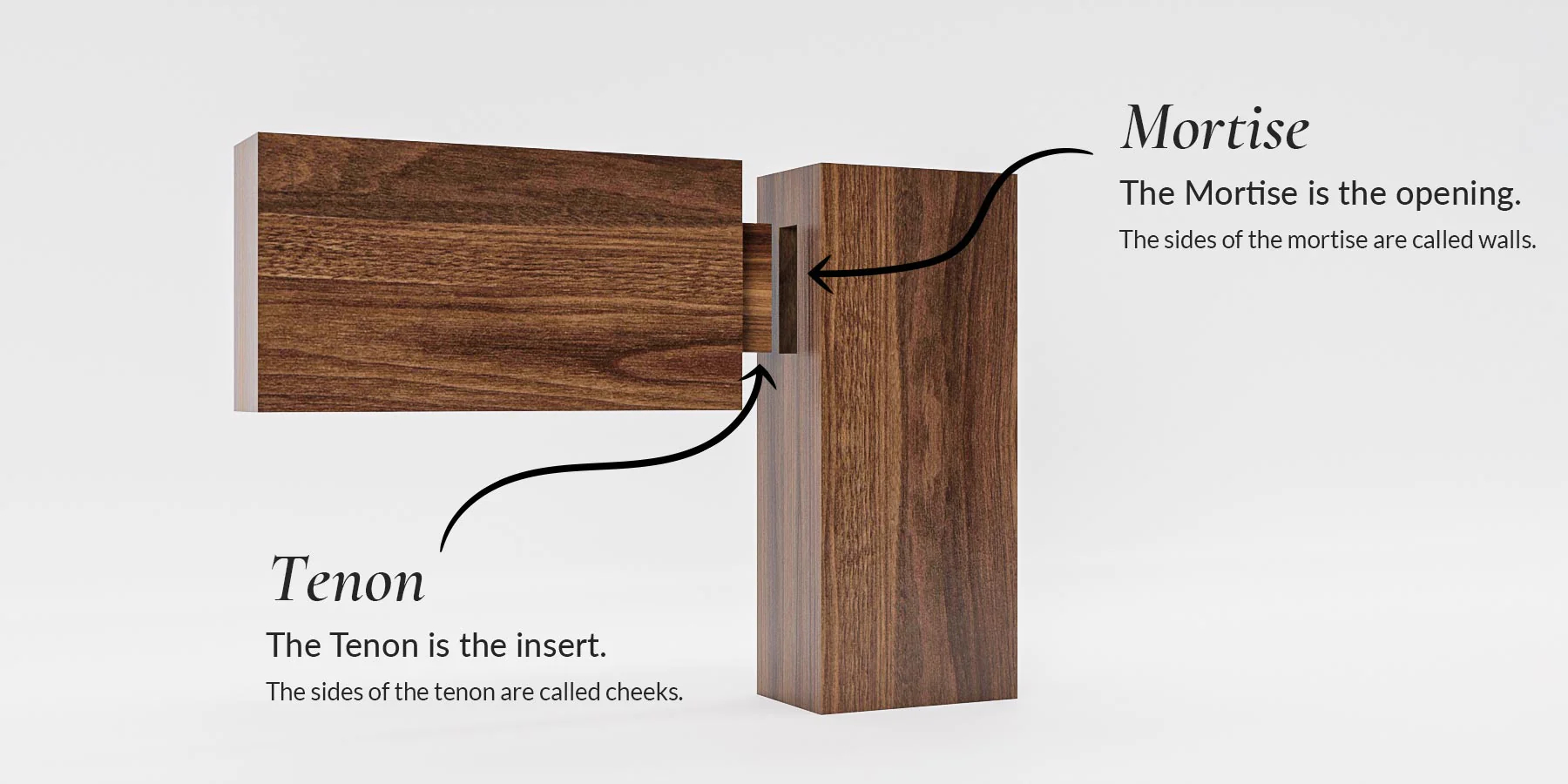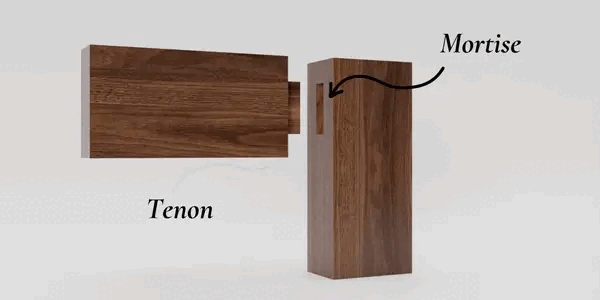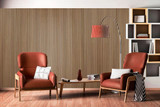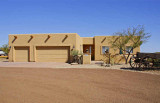
Unless you’re a carpenter, contractor, or hobbyist woodworker, the terminology around doors and woodworking can be confusing. How are you supposed to know which features are worth paying for? How do you know if a product is built to last? What do all these unfamiliar words mean?
You’ve got questions, and we’re here to help.
Today we’re explaining what mortise-and-tenon joinery is — and why it’s used for RealCraft Doors.
What is mortise-and-tenon joinery?
Mortise-and-tenon refers to a family of joints. What they all have in common is a mortise — a hole in one piece of wood — and the tenon, which is a protrusion that fits into that hole from another piece of wood. These slot together tightly to join the two pieces. There are many variations, but they all share these two basic components.


How long have people used this kind of joinery?
Mortise-and-tenon joinery has been used for thousands of years. Archaeologists recently discovered a 7,000-year-old timber box at the bottom of a well in Germany that used this technique. Ancient Egyptians, Chinese builders, and even the stones of Stonehenge all relied on mortise-and-tenon joints. It’s truly a tried-and-true method.
What are the advantages of mortise-and-tenon joinery?
- No visible gaps or cracks along the seams, creating a more polished look.
- Durability — deeper mortises and longer tenons make joints much stronger.
- When combined with the right sealant, these joints can be watertight.
- Stronger than glue alone — the joint swells when glue is applied, locking it in place. That’s why this method is also used in furniture like tables and chairs.
What are the disadvantages of mortise-and-tenon joinery?
The main drawback is that it takes more time, skill, and precision than simply gluing or nailing pieces together. This can also make it more expensive.
So why use mortise-and-tenon joinery?
After all, doors aren’t chairs or tables — no one is sitting on them or putting a Thanksgiving feast on top of them. So why go through the extra effort?
The truth: we do it so you can have peace of mind.
Because buying a door isn’t an impulse purchase. You want it to last for decades. It’s both a functional element and a reflection of your personal style. That’s why we use mortise-and-tenon joinery — to give you strength, durability, and quality you won’t find at a big box store.
Shop Related Products


